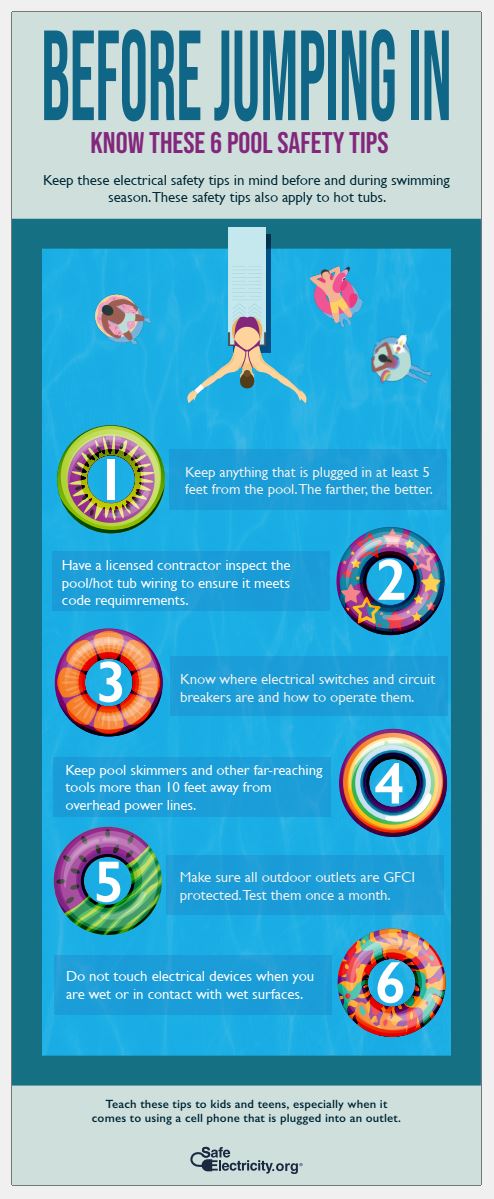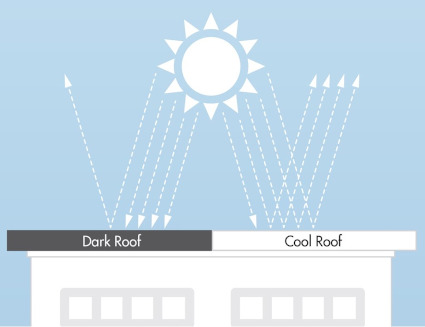
| IN THIS ISSUE | Beat The Peak This Summer back to top >> | |||||||

Norris
Public Power District |

As temperatures begin to spike, there are steps you can take to save money on energy bills this summer.
According to the Department of Energy, a typical home uses 48 percent of energy expenditures on the heating, ventilation and air conditioning (HVAC) system. Although most of that 48 percent is spent on heating expenses, Americans still spend $29 billion every year to power their air conditioners.
Increased summer electric demand not only affects the monthly budget, but it can also seriously strain your home's electrical system, which can create dangerous shock and fire hazards. Flickering or dimming lights or frequent circuit breaker trips are signs of an overloaded electrical system or faulty wiring that should be checked immediately by a qualified electrician.
|
|||||||
| Swim Safely back to top >> | ||||

|
||||
| Cool Roofs back to top >> | ||||
|
According to the United States Small Business Administration, more than 99% (or more than 180,000) of all registered companies or commercial operations in Nebraska are classified as "small businesses." Anyone living in rural Nebraska knows they are the lifeblood in their local communities. And, with only ten of Nebraska's 529 incorporated cities, towns and villages exceeding populations of 25,000, our small communities are often gauged by the vitality of their downtown business district. Many of these small businesses occupy the historic buildings lining "Main Street" which have stood the test of time for decades, if not more-than a century. 
Some of these businesses with large air-conditioning loads have taken advantage of the energy savings a "cool roof" provides, but aerial photographs suggest many more have yet to discover this opportunity. A cool roof is light-colored and designed to reflect a majority of the sun’s radiant heat. In contrast, a conventional dark-colored roof absorbs a majority of this solar energy. Conventional roofs can reach temperatures of 150 F or more on a sunny summer afternoon. Under the same conditions, a reflective cool roof will stay more than 50 F cooler. | ||||
| S'mores Dip back to top >> | ||||
 |
||||
| |
||||
| This is an ongoing communication. If you wish to unsubscribe from these emails, please unsubscribe here |


